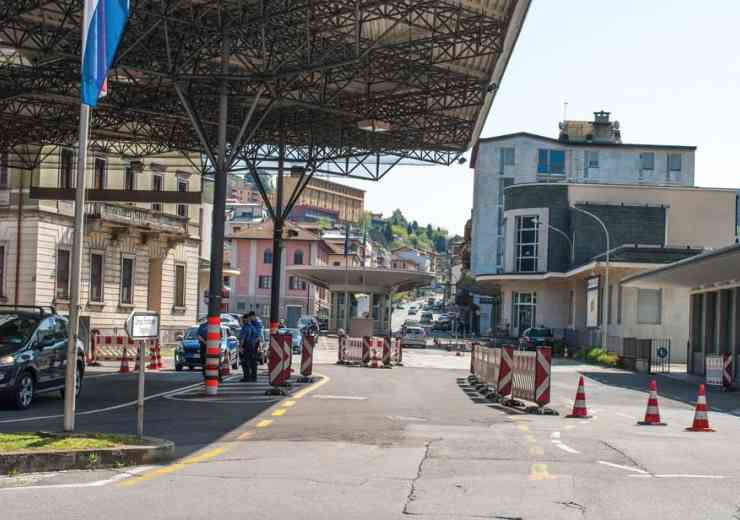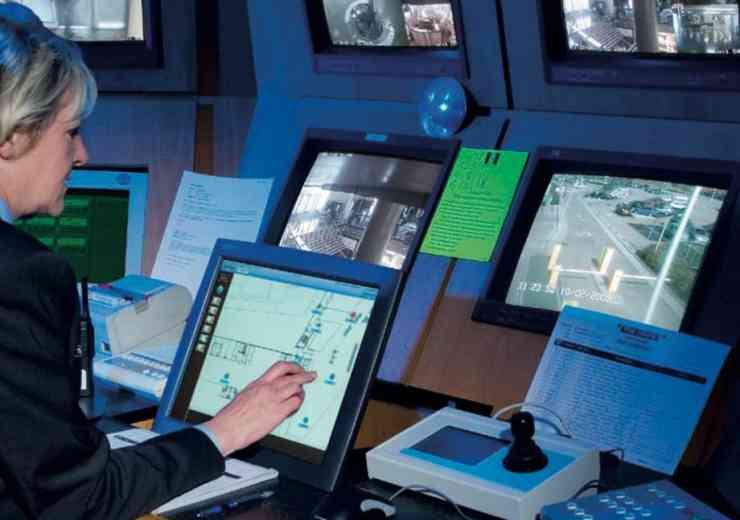
The future of border security: a paradigm shift
With air traffic set to double over the next 20 years, and freight set to triple over the same period, the time has come for another paradigm shift in the way we manage border controls. Tony Smith explains why
More people are crossing international borders than ever before. The vast majority are perfectly innocent travellers, going away on holiday or business. Some are moving for temporary or permanent migration (students, workers etc). Others are displaced through no fault of their own, due to conflict or persecution at home. In some countries, people live adjacent to a land border and even commute daily across it.
In general terms, the mass movement of people and goods across the globe is a good thing. It encourages trade and tourism, which in turn fosters growth. Some would say it is the lifeblood of the global economy. Others will argue that it is unsustainable to allow mass migration from the developing world to the developed world. More controls are needed to protect national interests such as economic prosperity and security. Either way, border controls have never been under greater pressure than they are today. And things will only get tougher for the agencies responsible for managing them.
Since 9/11, the more advanced countries have recognised the need to adapt their border controls to cater for a range of threats, rather than just for immigration or customs purposes. I was the director of Citizenship & Immigration Canada when 9/11 happened. US Customs – who had hitherto had limited responsibility for national security and anti-terrorism at the US Border, let alone on domestic flights – found that within 24 hours of the attacks they were able to identify and link all 19 of the perpetrators through their access to airline passenger reservation systems. I witnessed at first hand the creation of the Department of Homeland Security, and the implementation of the Patriot Act in the United States. I worked on the ‘Hands Across the Border’ initiative, creating joint targeting units between myriad of US and Canadian enforcement agencies to develop intelligence led controls. There was a clear and pressing need for government agencies to share data and intelligence; to work with the travel industry, where a good deal of the required data was located; and to develop technology which was capable of refining data into actionable intelligence to identify and disrupt threats at the border. A paradigm shift in border control was born.
When I returned to the UK Immigration Service and became director for Ports of Entry, I found the Home Office to be totally preoccupied by immigration pressures. Asylum figures had reached record numbers; backlogs were piling up; and there was a public outcry to get a grip of immigration numbers.
Then – just six months into my tenure – 7/7 happened. The worst terrorist attack in UK history. Perpetrated on this occasion not by foreign nationals who had exploited weaknesses in our immigration and visa systems (as was the case with 9/11); but by a new breed of ‘homegrown’ terrorists who had turned upon their homeland. Terrorists had become more sophisticated. They were building global networks of their own, where border agencies were not. They were crossing borders as ‘low risk’ travellers – no threat to immigration controls, because they were already entitled to enter. But they were travelling to far off places to meet with other terrorists, to train, and to come back and kill.
Thus, we recognised the need for a paradigm shift in the way we viewed the UK border. We should be just as concerned with our own nationals crossing our borders as we were with foreign nationals crossing them. This meant bringing our police and security services much closer to the border than had hitherto been the case; and developing a new strategy (PROTECT) to ensure that all agencies and communities worked together to combat the threat of terrorism. The UK Immigration Service was dissolved in favour of a new UK Border Force, which combined the immigration and customs functions into a single agency within the Home Office. We developed our own data eco system, including a national border targeting centre. And we joined up our enforcement agencies like never before behind a common Border Strategy; using similar tools and processes to those I saw emerge just a couple of years earlier in North America.
So where does this leave us today?
We continue to see terrorist atrocities across Europe. Many have been inspired and perpetrated by people who have crossed international borders to fight for terrorist organisations; and then returned to cause massive harm at home. The United Nations has passed resolutions calling upon border agencies to do more to prevent terrorist travel; and to share data and intelligence with one another on terrorist movements. But the problem remains. After every attack, there is an immediate media inquest into who did it; what the law enforcement community knew about them; and why it wasn’t stopped. And if any of the perpetrators crossed the border, why weren’t they stopped there in the first place?
In fact, the UK border is one of the best in the world in this field. Our Border Force, police, and security services work closely together to ensure intelligence is shared to maximum effect, to minimise risk. We check every person entering the UK against watch lists; we receive and analyse passenger data in advance, working closely with airlines and other transportation companies to acquire it; and we use enhanced data analytical systems to give our enforcement agencies the best risk assessment tools around.
But this is not enough. With air traffic set to double over the next 20 years, and freight set to triple over the same period, the time has come for another paradigm shift in the way we manage border controls. This comes not through the injection of more physical checks into an infrastructure already struggling to cope with volume; but through much greater investment in new and emerging technologies.
Since leaving public service I have been fortunate enough to witness some of the very best technologies now emerging at borders around the world. Much more so than I ever saw when I was running the UK Border Olympic Security Programme, or the UK Border Force. Artificial intelligence, the ‘internet of things’, biometrics, blockchain, the Cloud, digital technology and the like are all developing at huge pace. Fortunately for us, the UK government has not been idle in recognising the value of these technologies; and it is now embarked upon an ambitious and exciting programme of implementation across Whitehall departments and agencies.
The introduction of these technologies into future borders will, in my view, lead to the next paradigm shift in border security. But regardless of the capabilities of such technology, this can only be realised through collaboration. That means bringing together all the key ingredients of the eco system that surrounds border management. Control agencies, airlines, airports, rail and sea carriers, port control authorities, academics, policy makers and technology providers (big and small) must unite behind this common purpose. They all have a role to play.
In my experience, the most successful border security programmes don’t make the news. It is those that fail that hit the headlines. I have seen my share of failures; but I have also been fortunate enough to have been involved in some excellent national and international border projects over the years. I travel the world attending border security conferences, expert panels and workshops arranged by an array of different organisations. I would not claim to be an expert in new and emerging technology – far from it. But of one thing, I am certain. We will only be able to deliver the border of the future if we work together across national and international boundaries to do so. Then – and only then – we will see the paradigm shift in border controls that is so urgently required.
Tony Smith CBE is a former Director General of the UK Border Force and managing director of Fortinus Global Ltd, an international Border Management Consultancy. Smith is also chairman of the International Border Management and Technologies Association (IBMATA).












